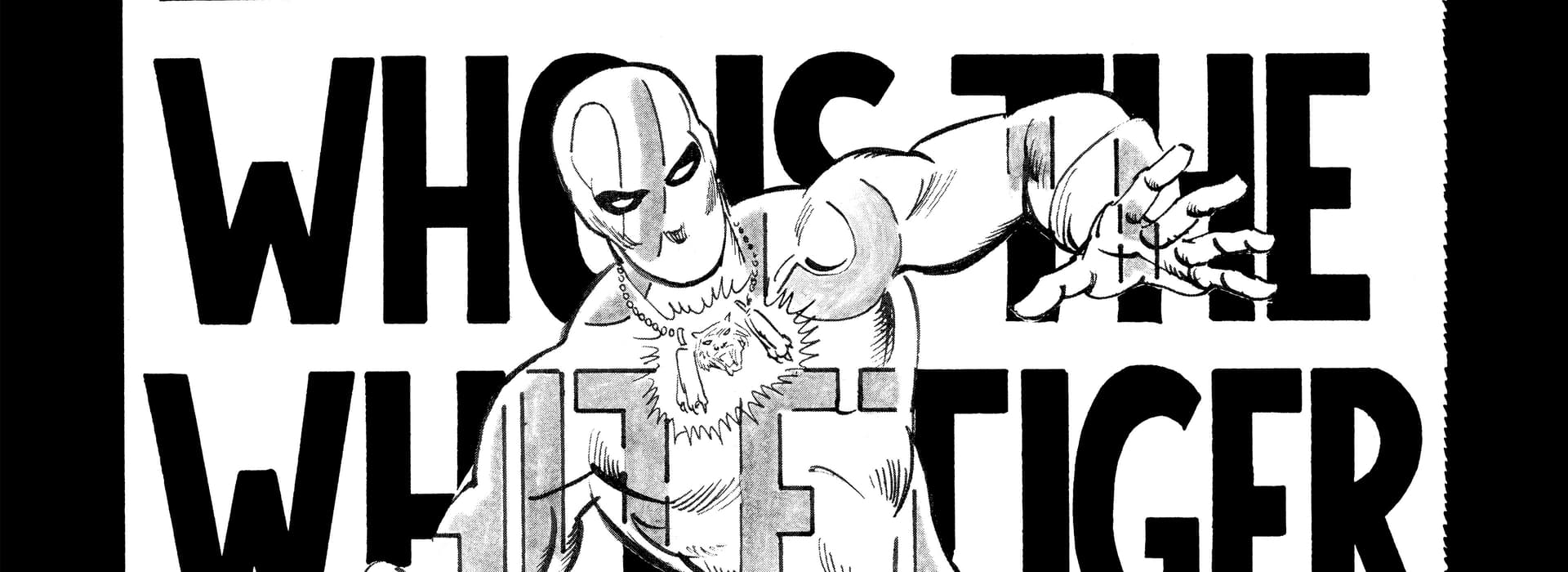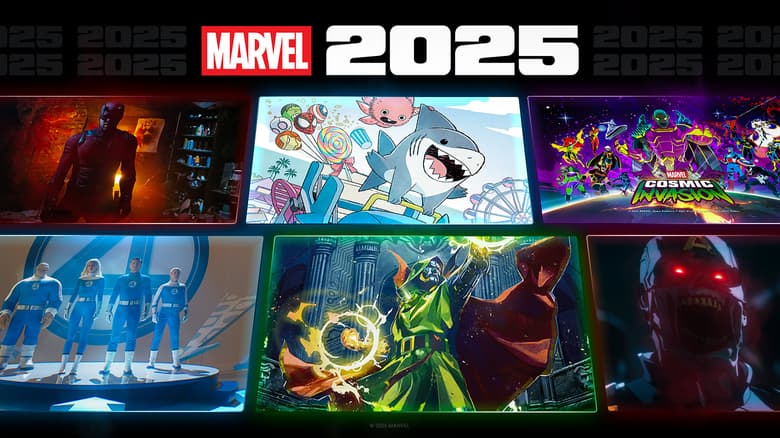WRITTEN BY JIM BEARD | OCTOBER 10, 2019
It might seem strange in today’s colorful, diverse Marvel Universe, but there was a time when such a thing as a Super Hero of Latino heritage wasn’t taken for granted and in fact deserved to be called groundbreaking.
Such a time was the early 1970s, at the height of both the martial arts craze that swept the nation and Marvel’s attempt at black and white magazines to capture a different readership on the newsstands. Those two unique entities came together in a series enthusiastically entitled DEADLY HANDS OF KUNG FU, a large-size publication that not only boasted of edgier stories from the sweatier side of the tracks, but also as a home for some of the first art by one of the company’s rising superstars.
When writer Bill Mantlo and illustrator George Pérez teamed up to bring an end to the “Sons of the Tiger” strip in 1974’s DEADLY HANDS OF KUNG FU #19, opportunity knocked and Marvel’s first Latino Super Hero was born—one who just happened to share some traits with one of his creators.
“As best as I can remember, the idea of creating the White Tiger was initially brought up by my Sons of the Tiger writer and collaborator Bill Mantlo during a weekend somewhere in Long Island, NY,” Pérez recalls.
“Figuring that we had pretty much dredged the well of ideas for the Tiger Sons, we wanted to go in a different direction and, since he was working with a Puerto Rican artist from the Bronx, Bill suggested creating a character utilizing my experience and background. And, as simply as that, the White Tiger was born.”














